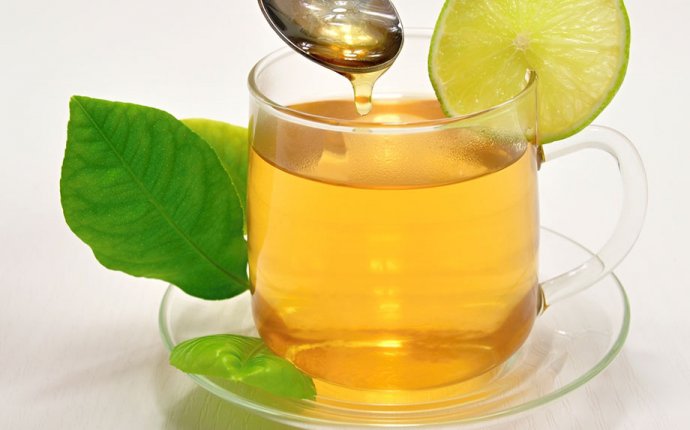
Lemon juice weight loss tips
What’s the theory?
The best way to lose weight and keep it off is to eliminate toxins from the body and keep your liver and digestive system healthy. In particular, poor digestion hinders weight loss by stopping the body getting the nutrients it needs to burn fat and by causing a build up of toxins in the bloodstream that slows down metabolism. That’s where lemon juice and peel comes to the rescue. Adding these ingredients to our diet will help to improve our digestive system and encourage our liver to function at its best.
What does the diet involve?
You start with a 24-hour mini-detox. This involves drinking four glasses of homemade lemonade and lots of filtered water with added lemon peel. The lemonade is made from lemon juice, filtered water, maple syrup or cinnamon and a pinch of cayenne pepper, the latter of which adds flavour and reportedly speeds up the elimination of toxins. In addition, you are allowed to eat fruit, organic yogurt, unsalted nuts and seeds, pulses, vegetables and fish.
After the 24-hour detox, there’s a seven-day diet plan to follow. Each day introduces a new principle as follows:
- Day 1 – Drink lemon juice with filtered water first thing every morning and six to eight glasses of filtered water throughout the day to stimulate your digestive system.
- Day 2 – Eat five portions of fruit and veg a day to boost vitamin C intakes, reportedly one of the most important nutrients for fat metabolism and weight loss. Apparently, the juice of one lemon and using the peel in cooking counts as one serving!
- Day 3 – Balance blood sugar levels by sprinkling 2tsp of lemon juice over meals or by using the peel and juice in cooking. This will apparently help to prevent insulin swings. In addition, eat regularly (including breakfast), include protein-rich foods with each meal and eat the right carbs, especially those that are rich in fibre.
- Day 4 – Cut down on sugar by avoiding processed and sugary foods.
- Day 5 – Forget about following a low-fat diet, although the diet recommends that only 20-25 percent of calories should come from fat, which actually makes it a low-fat diet (health experts in the UK recommend that for good health no more than 33 percent of calories should come from fat). Fat should come from heart healthy unsaturates such as nuts, seeds and oil-rich fish. Saturates and foods containing trans fats are out.
- Day 6 – Eat lots of fresh whole foods such as veg, fruit, wholegrains and pulses, although it’s better to skip wholegrain carbs at night to help reduce calories and prevent bloating.
- Day 7 – Know your digestion do’s and don’ts – follow good lifestyle habits such as chewing properly, sitting down to eat, reducing stress, avoiding eating when tired, switching off the TV at mealtimes and waiting 20 minutes before eating more.
After the 24-hour detox and 7-day plan, you continue to keep eating like this. Ultimately, booze, coffee, chocolate, fizzy drinks, sugar and processed foods are off limits, red meat is limited and it’s recommended that you buy organic where possible and eat more raw foods.
First Thing:
Glass of lemon juice diluted with warm water.
Breakfast:
Fruit salad with live yogurt and 2tbsp oats and a 300ml glass of soya or organic milk.
Morning Snack:
8 unsalted almonds and a glass of fruit juice diluted with water.
Lunch:
Homemade vegetable soup with 2 slices wholegrain bread filled with salad and grated cheese.
Afternoon Snack:
2 oatcakes with 1tbsp cottage cheese and tomatoes.
Dinner:
Grilled fish, tofu or chicken with lemon and olive oil dressing and stir-fried veg with 1tsp sesame seeds. Plus baked peaches with cinnamon and a hot citrus drink.
How much weight will I lose?
The 24 hour detox will help you lose up to 1kg. Then you can expect to lose 0.5-1kg a week.
What else does the book include?
There’s information on buying, storing and juicing lemons, including how to incorporate the peel into dishes. There are also plenty of recipes, many of which include lemon juice or peel.
You’ll find a section on using lemons for beauty treatments to deal with problems such as oily, dry or rough skin, nail problems and dandruff. An exercise section focuses predominantly on walking and toning.
There are tips to stay motivated, beat stress, help when eating out and how to cope with a weight loss plateau.
Finally, a whole chapter is devoted to the benefits lemons can have in treating numerous health ailments ranging from acne, bloating and cellulite to diarrhoea, gum disease and high blood pressure,
Juliette’s verdict
The idea of adding lemons to our diet to lose weight is a nice one, but ultimately there’s little science to back up the claims.
Any weight loss that’s achieved is likely to be the result of the diet, which restricts calories, rather than any changes to our metabolism. Chances are you would lose exactly the same amount of weight regardless of whether or not you added lemon juice and peel.
Any improvements in our digestive system are likely to be the result of eating a healthier diet with more fibre.
The book is easy to read and doesn’t blind with too much science. Plus, the basis of the diet is good – drinking more water, eating more fruit, veg and wholegrains, drinking less alcohol, opting for unsaturated fats and ditching processed foods are all good habits to get into, not just when we want to lose weight, but for life.
Red meat doesn’t make an appearance in the diet plan so in the long term this may lead to low iron intakes, although the plan does include other iron-rich foods such as eggs, oil-rich fish, nuts and seeds.














